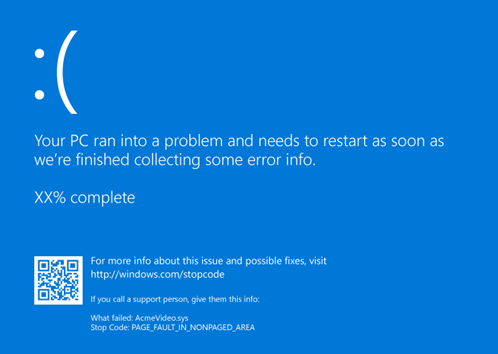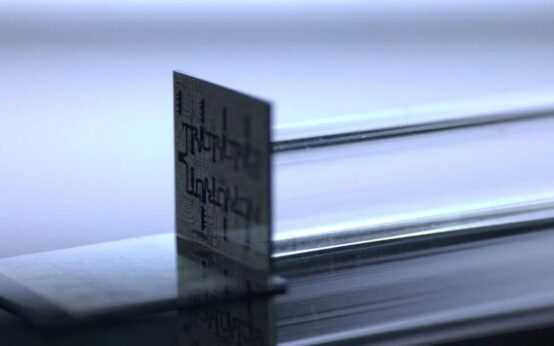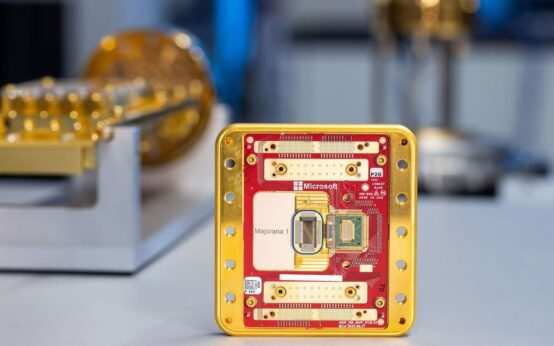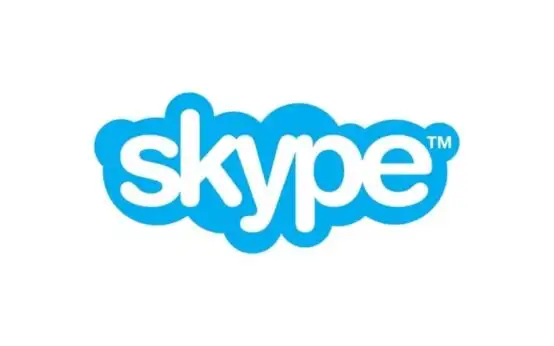After 40 Years, Why Windows Is Killing the Blue Screen?
Microsoft is retiring the iconic Blue Screen of Death (BSOD) in Windows 11, replacing it with a black screen. This change, set for the 24H2 update this summer, ends a 40-year era.

The move aims to modernize error messaging and improve system reliability.
A 40-Year Legacy Ends
The BSOD has been a Windows staple since the 1990s. It appeared during critical system crashes, signaling serious errors. Known for its blue background and white text, it became a symbol of tech frustration.
Microsoft announced the change on June 26, 2025, marking a new chapter. The black screen aims to feel less alarming. This shift reflects Microsoft’s focus on user experience.
Why the Blue Screen Existed
The BSOD’s purpose was to alert users to critical system failures. It displayed error codes and technical details for troubleshooting. Introduced in early Windows versions, it helped developers diagnose issues.
The blue background and frowning face added a distinct, if unnerving, identity. Over time, it included QR codes for quick support access. Its role was functional but often intimidating for users.
The Shift to a Black Screen
Microsoft is swapping blue for a black background in Windows 11’s 24H2 update.
The new “Black Screen of Death” has a simpler message: “Your device ran into a problem and needs to restart.” It shows an error code and the faulty system file or driver. The frowning face and QR code are gone, aiming for a cleaner look. This design aligns with system update screens, reducing panic. The rollout is expected later this summer.
Triggered by CrowdStrike Outage
Last year’s CrowdStrike outage in July 2024 exposed Windows’ vulnerabilities. A faulty update crashed over 8 million devices, displaying BSODs globally. Businesses, airports, and services were disrupted, highlighting reliability issues.
Microsoft launched the Windows Resiliency Initiative (WRI) in response. The black screen is part of this effort to enhance system stability. It aims to prevent similar widespread outages.
The black screen is designed to be less intimidating than its blue predecessor. Microsoft’s WRI focuses on streamlining recovery during crashes. A new “quick machine recovery” feature will automate fixes, debuting with Windows 11’s 24H2 update.
This tool will be available across all editions, including Home, Pro, and Enterprise. The goal is faster, less stressful troubleshooting for users. Additional features are planned for later in 2025.
Microsoft’s overhaul goes beyond cosmetics. The WRI aims to strengthen Windows’ security and resilience. New rules for third-party security software, like CrowdStrike, will prevent bad updates from crashing systems. The black screen is a visual cue of this shift.
It signals Microsoft’s commitment to a more robust operating system. Users can expect fewer disruptions and smoother recovery processes.
The end of the BSOD marks a significant moment for Windows users. For decades, it was a dreaded sight, often sparking frustration or panic.
Its replacement reflects Microsoft’s response to modern challenges, like the CrowdStrike incident, and a push for a better user experience. The black screen, while less iconic, aims to make crashes less daunting and recovery faster. As Windows evolves, this change symbolizes a focus on reliability and user trust.


 Amazon joins the quantum race with new series of quantum chip
Amazon joins the quantum race with new series of quantum chip  Microsoft unveils first topological Quantum Chip
Microsoft unveils first topological Quantum Chip  Skype to shutdown forever
Skype to shutdown forever